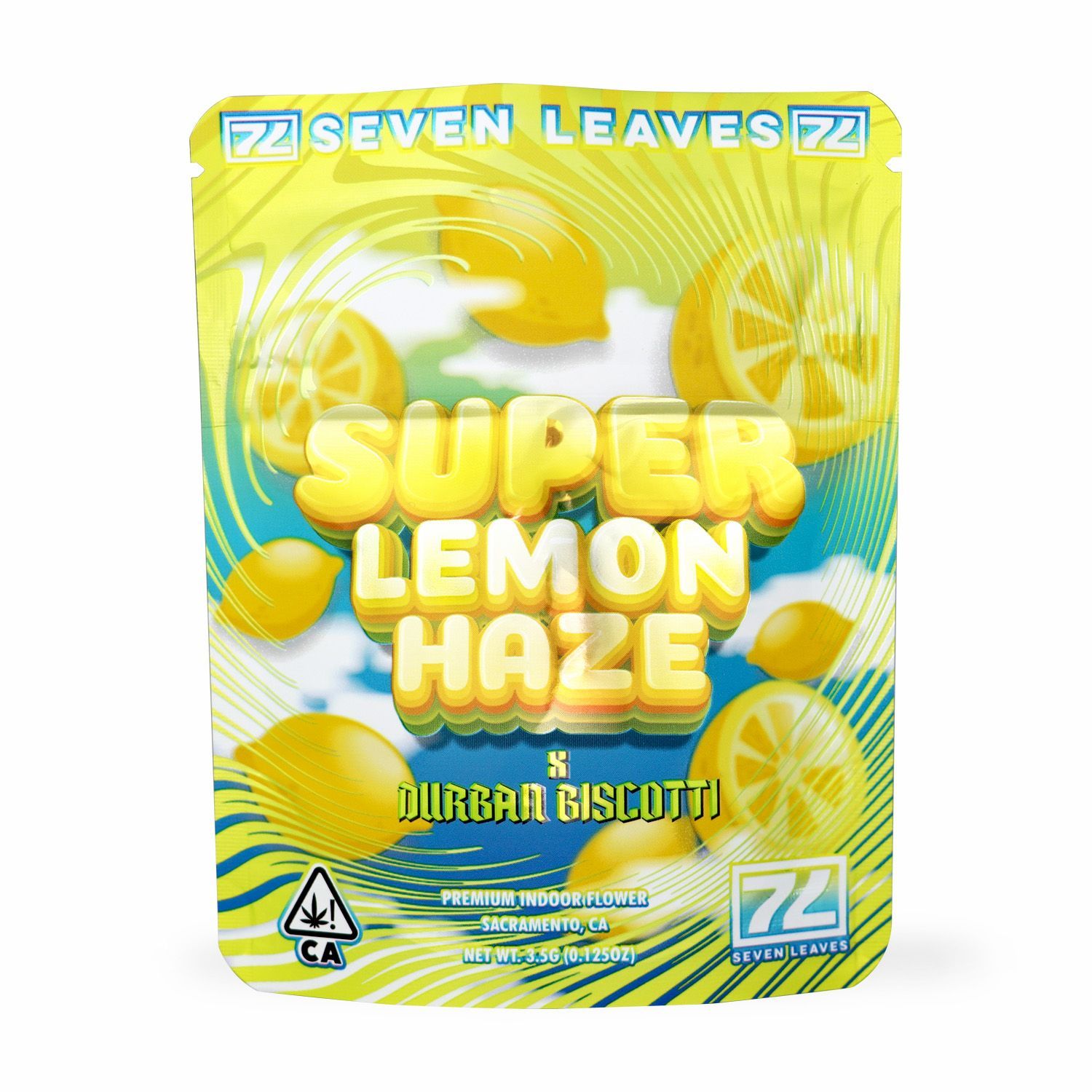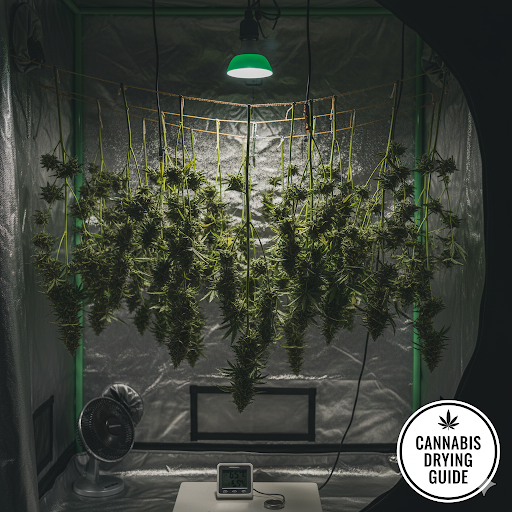Harvesting and drying cannabis are critical steps in cultivating a high-quality product. This guide will walk you through the process, ensuring you get the most out of your indoor cannabis plants.
When to Harvest Your Cannabis Plants
Timing is everything when it comes to harvesting. Harvesting too early can result in a less potent product, while harvesting too late might lead to a more sedative effect. Here's what to look for:
Trichrome Development
Trichomes are the tiny, mushroom-shaped glands on your cannabis flowers that produce cannabinoids and terpenes. Their appearance changes throughout the plant's life cycle.
- Clear Trichomes: Indicate immaturity and low potency.
- Cloudy/Milky Trichomes: Suggest peak THC production. This is often the ideal time for harvest for a more energetic high.
- Amber Trichomes: Indicate THC degradation into CBN, leading to a more relaxing and sedative effect. Many growers aim for a mix of cloudy and amber trichomes.
You'll need a jeweler's loupe or a magnifying glass to observe these changes closely.
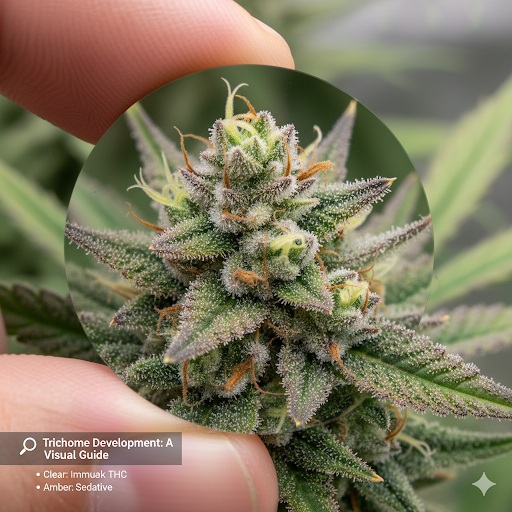
Pistil Color
Pistils are the hair-like strands on your cannabis buds. They start white and curl, eventually changing color to orange, red, or brown. When about 70-90% of the pistils have darkened and curled, it's generally a good time to consider harvesting.
Leaf Senescence
As your plants approach maturity, you might notice some of the larger fan leaves starting to yellow and die off. This is a natural process where the plant draws nutrients from these leaves, indicating it's focusing its energy on bud development.
Pre-Harvest Preparations
Flushing
About 1-2 weeks before harvest, it's beneficial to "flush" your plants. This means watering them with plain, pH-balanced water instead of nutrient solutions. Flushing helps remove any accumulated salts and nutrients from the plant, which can result in a smoother, cleaner smoke.
Darkness Period (Optional)
Some growers choose to give their plants 24-48 hours of complete darkness just before harvest. The theory is that this can stress the plant, encouraging a final burst of resin production. While not scientifically proven, many cultivators swear by this technique.
The Harvesting Process
Before you begin, gather your tools: sharp pruning shears or scissors, gloves, and a clean workspace.
- Remove Fan Leaves: Start by removing the large fan leaves that don't have many trichomes. This makes the trimming process easier.
- Cut Branches or Whole Plant: Depending on the size of your plant and your preference, you can either cut entire branches or chop down the whole plant at the base. Cutting individual branches allows for more manageable drying.
- Wet Trim vs. Dry Trim:
- Wet Trim: Trimming the sugar leaves (small leaves covered in trichomes) immediately after harvest. This is often easier as the leaves are still perky and easier to handle. It can also speed up the drying process.
- Dry Trim: Trimming the sugar leaves after the buds have dried. This can result in a slower dry, which some believe improves flavor and aroma. However, it can be more challenging as the leaves curl inward. Regardless of your choice, be sure to save your sugar leaves, as they are excellent for making concentrates or edibles!
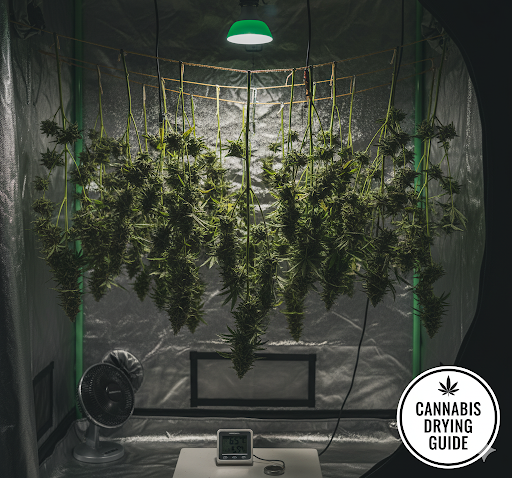
Drying Your Cannabis
Proper drying is crucial for preserving the cannabinoids, terpenes, and overall quality of your harvest.
Ideal Drying Environment
- Temperature: Aim for a consistent temperature between 60-70°F (15-21°C).
- Humidity: Maintain relative humidity between 50-60%.
- Darkness: Keep your drying area completely dark to prevent the degradation of THC from light exposure.
- Air Circulation: Gentle air circulation is important to prevent mold, but avoid direct airflow onto the buds, which can dry them too quickly. A small oscillating fan that isn't directly blowing on the plants is ideal.
Drying Methods
- Hanging: This is the most common method. Hang individual branches or whole plants upside down on clotheslines or drying racks. Ensure there's enough space between each branch for air to circulate.
- Drying Racks: If you have smaller, individual buds (especially after wet trimming), you can lay them out on mesh drying racks. Rotate them periodically to ensure even drying.
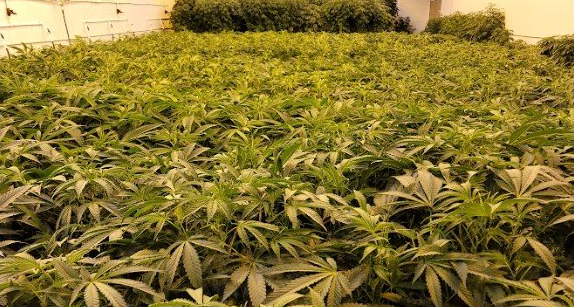
How Long does Drying Take?
Drying usually takes 7-14 days, but this can vary depending on environmental conditions, bud density, and your chosen trimming method.
How to Tell When Your Buds Are Dry
The "snap test" is the most reliable indicator:
- Carefully bend a small stem. If it snaps cleanly, your buds are likely dry enough.
- If the stem bends without snapping, or if the buds still feel soft and moist, they need more time.
- The outer layers of the bud should feel crispy, but the inside should still have a slight sponginess.
What's NExt? CUring!
Once your cannabis is properly dried, the journey isn't over. The next crucial step is curing, which further refines the flavor, aroma, and potency of your harvest. But that's a topic for another blog post!
By following these guidelines for harvesting and drying, you'll be well on your way to enjoying the fruits of your labor – a smooth, potent, and flavorful cannabis harvest. Happy growing!


